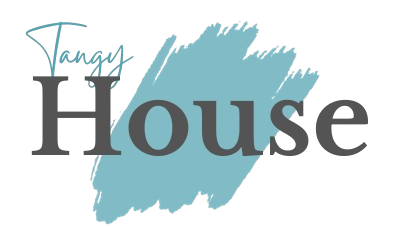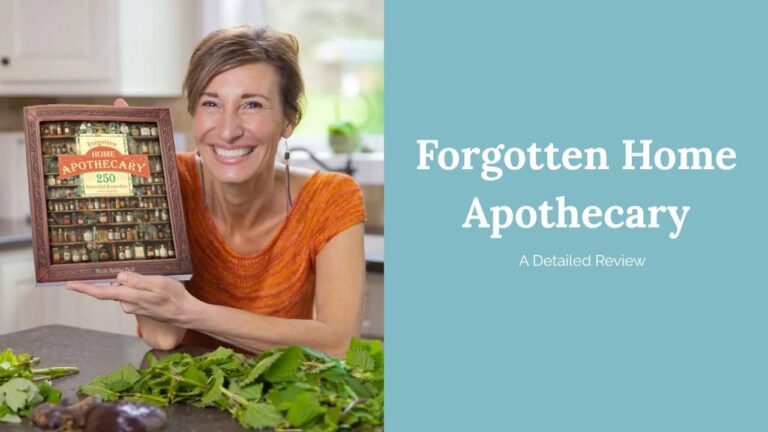The term forgotten home apothecary may sound like something straight out of historical books but there’s a reason why it’s gaining popularity these days. It’s actually a book called “The Forgotten Home Apothecary” by Nicole Apelian. It has a collection of natural remedies that can be easily made from herbs, roots, oils, and other plant based ingredients.
Written by Dr. Nicole Apelian, who’s not just an author but a survival expert, biologist, and herbalist, who has smartly blended ancestral wisdom with modern science. And it’s not just a simple book about herds and all, it’s actually a full colored, 288 pages book for natural healing.
It’s packed with 250 powerful herbal recipes, it’s got everything you need for your health.
In this article, we are going to discover what the book “The Forgotten Home Apothecary” has to offer and how it can help you build your own home apothecary.
Moreover, we are also going to share some practical safety practices and tips to help you begin your natural healing journey with confidence and care.
Overview of The Forgotten Home Apothecary Book
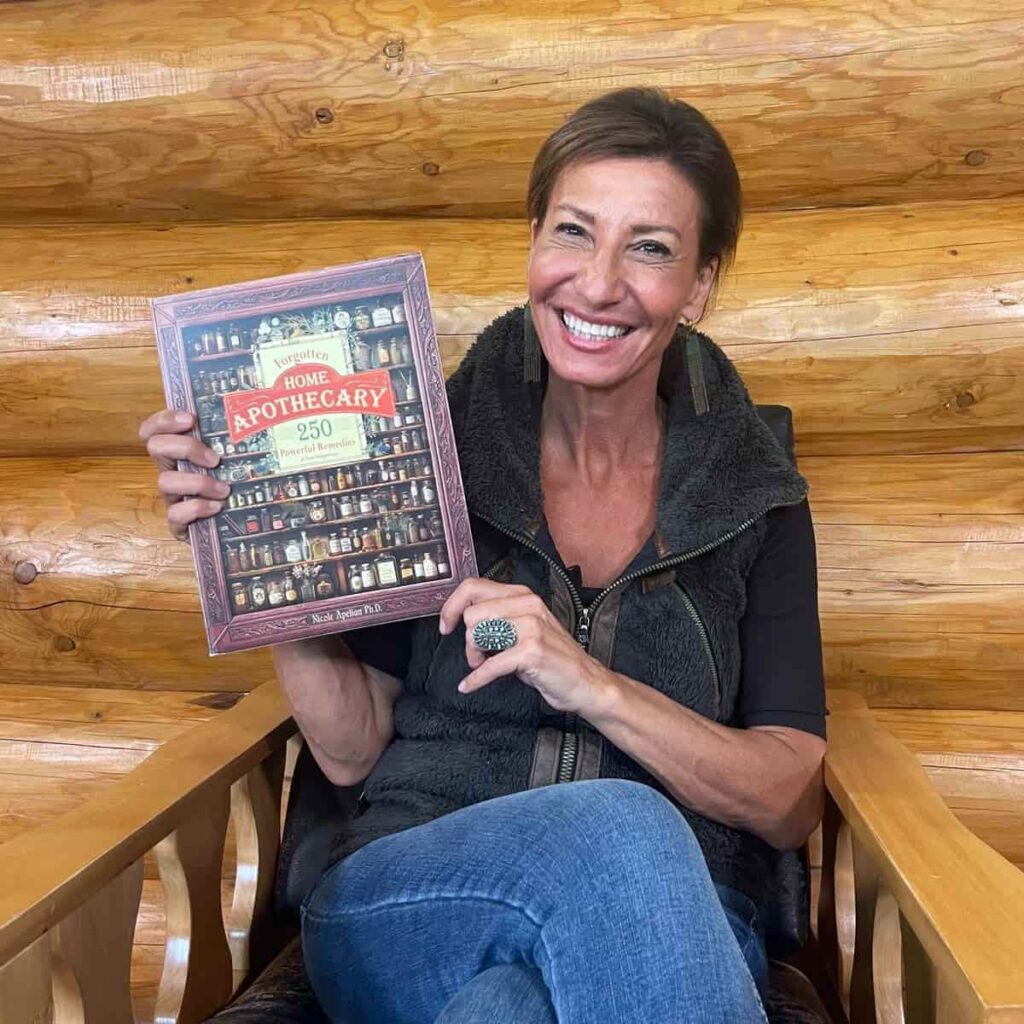
The Forgotten Home Apothecary, by Dr. Nicole Apelian, has beautiful illustration of some of the best 250 ancient herbal remedies. It’s a perfect guide for those who are interested in the natural healing process.
You can find this book in both digital and physical form, on online commercial platforms like Amazon, Aliexpress and ETSY.
Understanding this book is quite easy, the remedies are organized on shelves by body systems like respiratory, digestive, skin, and the list goes on. This organized format makes it easier to find the right remedy for any particular ailments.
On each recipe page, you will find a large picture of al the main ingredient for the given recipe. Then, there’s detailed step by step instructions, ingredients, notes by the author which include tips and tricks while trying the remedy.
There’s also warning and dosage instructions so people try the recipes responsibly, making it perfect for both beginners and experienced.
These remedies include various types of teas, tinctures, salves, syrups, and a lot more, and all these can be made by using easily found herbs.
The best thing about these remedies is that they are a mix of old medicine and Dr. Apelian’s own healing journey with MS.
Who is Dr. Nicole Apelian?
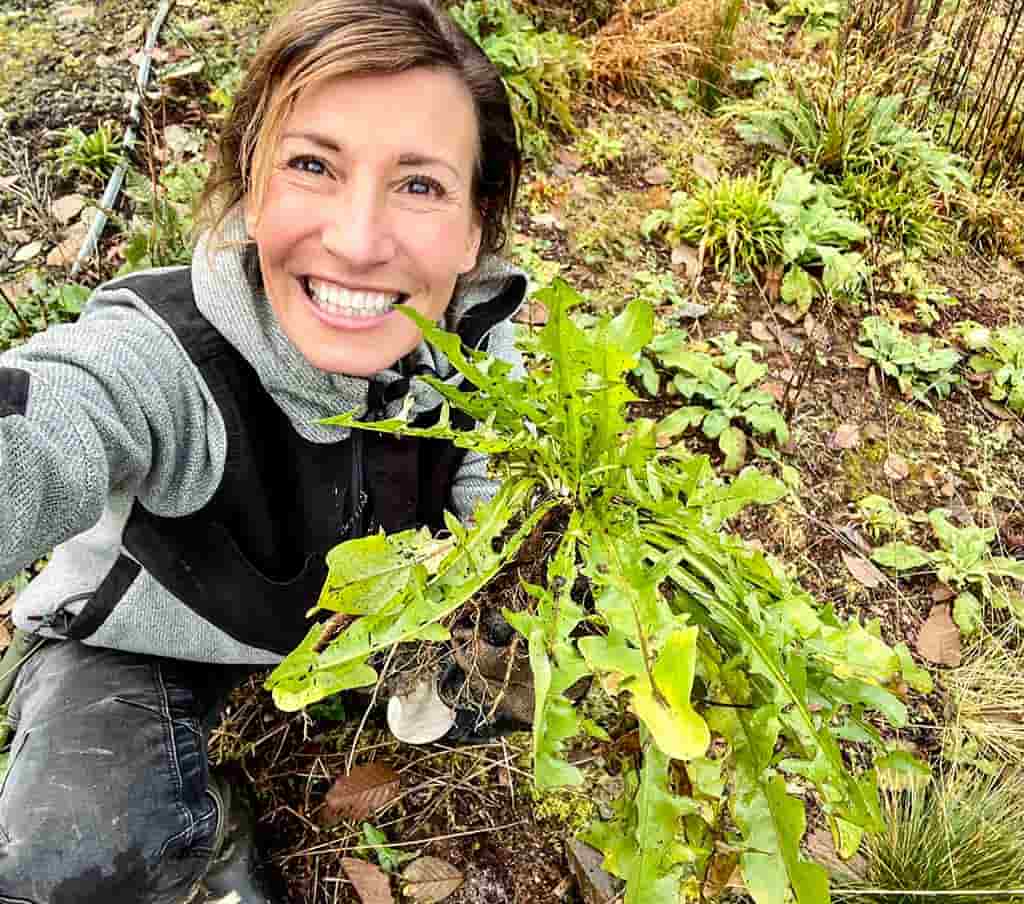
Now let’s talk about the author of The Forgotten Home Apothecary, Dr. Nicole Apelian, who’s also a biologist, herbalist, educator, wilderness skills instructor, and mother.
She became popular after appearing on a television show called “Alone” on History channel, where she survived 57 days solo in the wild, using her plant and herb knowledge.
She’s always followed healthy living strategies, building deeper connections with herself, and practising gratitude, and thanks to these, she was able to get back on her feet after being bedridden because of multiple sclerosis (MS) back in 2000.
It was her dedication and those herbal remedies that successfully managed her condition and that too without taking prescription medications, and she hasn’t taken any MS drug in her 20 years.
And that’s how the book The Forgotten Home Apothecary was created, with her personal healing journey, scientific background, and her real world survival experience.
She understands the power of natural healing as it’s something that offered her a second chance in life, and with this book, she wants to pass on this knowledge to more people who need it.
How to Use the Forgotten Home Apothecary Book?
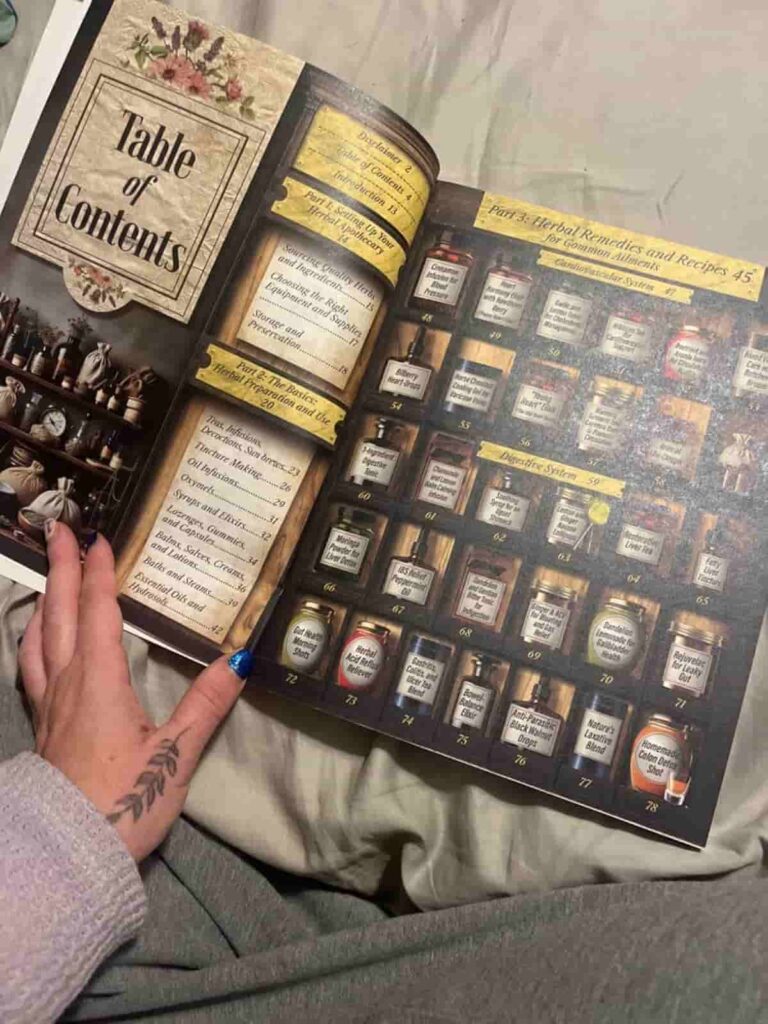
As soon as you open the book, you will be welcomed by the apothecary shelf, it’s actually a visually appealing table of contents that has over 250 remedies organized by body systems and ailments like digestive issues, respiratory issues, skin problems, etc.
No matter what your problem is, you will find it in this book along with some real effective cure. And the best thing is, it’s really easy to use this book.
Here’s a short video that shows the pages inside of the book “forgotten home apothecary”.
For example, let’s say you got a really bad throat, then you can try a remedy from this book for some relief.
All you have to do is go to the respiratory shelf section where you will find colorful jars, because the throat is part of our respiratory system.
Now look for the recipes that you find that align with your specific needs, you can try the Amish Cough Bustling Syrup, it’s quite effective. On each page, there’s a remedy which includes a clear step by step guide for its preparation.
There’s also dosage guidelines, full color photos, details on how to use it, what ingredients to use, and some warnings that you should read before beginning with the preparation of remedy.
So, to use the forgotten home apothecary book, you just follow these steps:
For parasitic worms (your issue) → Digestive Shelf (go to the apothecary shelf section) → Anti‑Parasitic Black Walnut (preparation steps and guidelines)
All of these remedies that you will find are inspired by Dr Nicole Apelian’s healing journey and those time tested herbal medicines that rarely anyone remembers in this modern time.
Safety and Sourcing Tips When Using Forgotten Home Apothecary
Now before we begin our experiments with those herbal remedies, it’s really important to understand that natural doesn’t always mean it’s free of risks. Herbs and plants surely are great ingredients for body healing, but they also have the power to harm us, if they are not used responsibly.
In this section, we are going to share practical guidance on how to use these natural remedies safely, how to source ingredients, and when to seek professional help.
Use Herbal Remedies Responsibly
There’s no doubt that herbal medicines are incredibly effective if they are used responsibly. However, before you try any natural remedy, make sure to consult a healthcare provider, especially if you are dealing with some other health related condition, like you are pregnant, nursing, on some medication, or have some chronic condition.
And make sure to always read the dosage instructions carefully. You never know what herbs can cause allergic reactions or act up with the prescribed drugs.
When you are trying a new herbal medicine, always start with a small amount, and then see how your body responds.
Sourcing Ingredients Ethically and Safely
Now you may think since most of the ingredients are natural, it won’t be that difficult to buy them or source them, but it’s quite opposite.
From where and how you source your ingredients matters, and that’s just not for safety but to maintain it’s sustainability too.
It would be best to grow your own herbs that are common like chamomile, mint, calendula, etc, to get fresh and quality ingredients.
If foraging then it’s best to harvest plants you can easily identify. And where you plant these herbs matters too, so make sure it’s safe from the exposure of harmful pesticides, pollution, and animal waste.
But if you are thinking of buying then make sure it’s from non-GMO and reputable sellers, including those recommended by Dr. Nicole Apelian.
You can check dried herbs by looking at their color, scent, and potency. Keep them stored in dry, cool, and dark places to increase their shelf life.
When to seek professional care
There’s no doubt that The Forgotten Home Apothecary offers some of the powerful natural remedies that can actually heal our bodies from all kinds of diseases.
But still, it’s important to keep it in mind that it’s not exactly a replacement for modern medicine or professional healthcare.
There are some issues that you can treat at home using these remedies, like cough, cold, fever, back pain, etc, but for serious conditions like persisting fever, infection, difficulty in breathing, it’s advisable to contact a healthcare professional.
These herbal remedies can be used to speed up the healing process of the body, but it doesn’t exactly replace it.
Always inform your healthcare provider about any herbs or any other supplements you are taking, to avoid any harmful reaction.
The goal is to use the natural medicine wisely, keep it as a part of a balanced and informed approach for your health.
Practical Setup Tips for Your Home Apothecary
Now before you begin building your own apothecary, it doesn’t need much space or some special tools, all you need to follow is maintaining an organized approach. And in this organized approach, you will be needing a few basic supplies and smart planning, to create a safe, accessible, and effective natural remedy space in your own home.
We are going to share some practical tips like how to do record keeping, sorting, storing, and organizing to help you set up your own apothecary that aligns with your healing goals and lifestyle.
Storage Solutions
This is an important step as it helps in maintaining the potency and shelf life of the herbal remedy. When storing these natural remedies, use air tight containers, much better if they are made from stained glass, this will protect the remedy from air and light.
While storing the herb or remedy, label it, it’s really important and saves you from the trouble of guessing. You can also mention the date it was made, its expiration, and the ingredients used. The place you choose for storing, make sure it’s dark, dry, and out of children’s or pet’s reach.
Make sure they don’t get any exposure to direct sunlight as it can mess with the quality of these herbs. A simple spice rack or that cabinet in your kitchen will work just fine for their storage. Remember to regularly clean the area to avoid the dust accumulation.
Organize by Ailments or Type
Having a home apothecary is great but an effective apothecary is one that lets you navigate quickly and easily, especially during illness and emergencies. You can organize these remedies and herbs by ailments, for example- cough, headache, digestive issues, etc. you can also organize them by its type like whether it’s a tincture, salves, tea, or anything like that.
Keep them labelled as soon as you store them, to make it easier for you to look for the particular remedy when in need.
Organizing is not that complicated and these days you can easily do lots of stuff to make organising enjoyable and functional, like you can use dividers, partitions, drawer organizers, baskets, to keep them separated by categories.
If you are using the Forgotten home apothecary book to create your apothecary shelf then you can simply create the shelves in the same way as done in the book (like respiratory, digestive, etc).
Make Small Batches First
If you are someone new to all of them and preparing it for the first time then always start with small batches first. This reduces chances of waste and also lets you test whether the remedy works in your favor or not.
This way you can see how the herbs or remedies react to your body, also it saves your efforts. You can store these small batches in small jars, droppers, and you can also note down the results after use. If the remedy works, you can simply make it in large quantities and also save your resources from going to complete waste.
Create Remedy Logbook
Creating a remedy logbook is a must, you can’t skip it as it’s where you are going to keep all the records of the apothecary. If you are building your apothecary, then keep a remedy logbook to track what you made, how it’s used, ingredients used, measurements, and how were the results. With the help of a remedy logbook, you can also keep track of when things are getting out of stock and need restocking, or what remedy needs to be remade.
This simple thing can keep your apothecary learning organized and more smooth. You can also mention expiration dates, source of ingredients, or to note down any other personal notes. You can create this remedy logbook in a notebook or keep it digital, whatever suits you and easier for you to maintain.
Beginners Start with Kitchen Staples
For the beginners, when creating your apothecary, you don’t really need some expensive herbs or ingredients. You can still start your natural healing journey with the common kitchen staples like garlic, cloves, honey, turmeric, ginger, etc.
The best thing is, these ingredients are really easy to find and offer a great deal of medicinal benefits. Just start by making simple syrups or salves, with these ingredients, and you will be surprised. This way, you are actively learning about apothecary and also lets you explore a lot about natural healing before working and investing in special herbs.
And once you start gaining confidence in your skills, you can grow your collection by adding more new herbs. So, first get familiar with the items that are already in your kitchen, to keep it practical and budget friendly until your skill grows.
Use Book for Emergencies
Now as much as useful and effective this forgotten home apothecary book is, it’s best to be used in certain situations like when you don’t have access to medical facilities or need urgent solutions to relieve the symptoms temporarily.
For example, if you got this sudden headache and you don’t have any meds for it, you can simply use this book’s remedy for a quick solution. You can keep the book in a place where you can easily access it like the living room or kitchen, or you can consider marking frequently visited pages, to keep things fast and efficient. But keep this in mind that it doesn’t exactly work in the place of professional medical care, you still have to seek it out to evaluate your situation further and keep it from getting worse.
Focus on Core Remedies First
Try not to jump all in when you are just beginning to explore the natural healing world or you are going to end up feeling overwhelmed. Start with a few remedies first, remedies that serve multiple purposes like the salve that can cure back pain and also headache, immunity boosting tea, or a tincture, these are something that you are going to use frequently or once in a while.
As the time goes by, you will soon master these remedies, with enough confidence you can start trying other remedies too, this way you can get familiar with natural healing and have useful, effective solutions ready.
Recipes from the Forgotten Home Apothecary
Let’s explore some well known recipes from this natural healing book. In this section, we are going to share some recipes, while briefly discussing their details like its uses and all.
Memory Elixir
Now it’s a herbal tonic that’s made from rosemary which you can find easily in your home or any store or super market. As discussed in the book, there was a study done where they found that people who worked in a room with rosemary fragrance performed better in memory tests. Rosemary is said to bring mental clarity, build focus, and also helps in dealing with brain fog.
Herbal Sleeping Pills
These days, it’s quite hard to even get sleep with how much stress and frustration we have to deal with on a daily basis, but this book has a solution for that too. It’s actually a powdered blend of dried valerian, lavender, and passionflower. Then this mix is filled in those small capsules, you just pop these pills before you sleep or as directed in the book and then see its effect.
Each herb in this recipe is great for promoting sleep, and helps in relaxing your body and mind. For those struggling with anxiety and all, these herbs are great for calming down your nervous system and ease your anxiety.
Natural Parasite Flush
For those people with pets, those who drink tap water mostly, or love walking barefoot on grass (which is good but..) there are high chances that you might be struggling with this problem. And this book has a solution to this problem, all you need is papaya seeds, honey, and water.
The best thing about this drink is that this drink helps in supporting digestive health and flush parasites. It’s a natural gut cleanser that helps in boosting overall health, because a healthy gut means a healthy body.
Painkiller in a Jar
Now this is something we all need in our homes and that is a painkiller and the best thing about it is, it’s really easy to make, all you need is wild lettuce which is also called opium lettuce. This can be easily found in your neighbourhood, you just need to look for it. In the Forgotten Apothecary book, it is mentioned that the white latex from this lettuce contains mild sedative properties that is great for offering relief from sore muscles, joint aches, or any other pain in the body. It’s a gentle and great alternative for those who are sensitive to painkillers.
Salve for Back Pain
Back pain is something that everyone deals with, quite persistent and painful. But now you don’t have to deal with it anymore because you can make your own back pain salve from this amazing book.
To make salve, you will need capsaicin which can be found in chilli peppers. It’s super effective in back pain, as the capsaicin penetrates deep into the skin, increases the blood flow in the affected area and eases stiffness. It’s an old medicine that combines heat therapy with herbal knowledge and brings you this salve.
Forgotten Home Apothecary: A Detailed Review
Before we buy anything, it’s really important to check if it’s worth it or not. After going through platforms like Amazon, Goodreads, Google, and blogs, we found many reviews for this book, some reviewers praised it for its traditional and useful recipes that really helped them in their daily life.
But there were also people who mentioned their concerns regarding this book like there’s no index, some of the recipes are quite common or it feels “AI generated”.
Let’s go through both the positive and negative reviews and see what people have to say about this book, and to help you make informed decisions.
Positive Review
It’s beginner friendly and easy to understand. They mentioned how the herbal recipes are easy to follow and make. They mentioned how the step by step instructions are pretty helpful, with clear layout, and color photos, making it perfect for understanding natural healing.
A user named Kimberly on Goodreads said in her review, “This is a very detailed book with all the information anyone would need to start making their own homeopathic remedies.”
She also mentioned in her review, “It naturally has plenty of disclaimers and cautions to seek actual medical treatment, etc., etc., but it also seems very thorough and to have a good history of home remedies that have likely been long utilized in the times before our modern age of pharmaceutical medications.”
Another user named Ryan and Jamie actually gave a proper review on Amazon about this book, they mentioned, “it’s a powerful reminder that healing can come from what’s already growing around us.” They mentioned it’s a good book for Homesteaders & herbalists, Moms building a natural wellness toolkit, Cottagecore & nature lovers.
Negative Review
While many people appreciated its usefulness and traditional medicine knowledge, there were many people concerned about its authenticity. They mentioned how it feels too AI generated, because of repetitive phrases.
While some people wrote balanced reviews where they mentioned what the book was lacking like, one user mentioned on amazon that Forgotten Home Apothecary had no index, poor editing, and feel it’s a bit overpriced for its value. Some people face problems with the expensive shipping costs and delay in delivery, sometimes they have to wait for a month for the book to arrive.
There were also reports of fake copies going around so if you decide to buy it, purchase it from a legit source like Amazon or from the author’s website. This way you can also save yourself from the delayed shipping or fake copies at the same time.
The Forgotten Home Apothecary, while it’s great for beginners, it encourages use of natural ingredients to maintain health and wellness, it’s not exactly ideal for those who seek clinical depth and professional level of herbal guidance.
Is the Forgotten Home Apothecary book worth buying?
Now if you are new to all these herbal remedies and natural healing, then you can consider buying this book. The Forgotten Home Apothecary Book is worth it, if you want to begin your natural healing journey with simple and easy to follow instructions.
It has over 250 remedies that you can make using common herbs and other ingredients that one can find near their home or in any store.
But if you are looking for deeply researched, scientifically proven, validated content, it might lack there. Since it’s only based on one person’s life, her struggles, it still gives a good start for those who want to learn traditional medicine. But remember it cannot help you become a professional level herbalist.
Conclusion
So this is all from “The Forgotten Home Apothecary” book that you needed to know before beginning your natural healing journey. Once thing for sure is, this book is great for reconnecting our connection with nature and those old medical practices that still stand the test of time effortlessly.
Dr Nicole Aplian is the living proof of it, she personally used these remedies to cure her MS and survived in the wild with their help, and that’s no small thing. This is a guide that offers practical tips backed by science and inspired by her personal healing experience.
With clear tips, guidance, and thoughtful insights, you can create your own apothecary in your home that will work for your unique needs whenever you want. You just have to start small, be mindful of what you are using, how much you are using, and test how it reacts with your body, only then slowly you can proceed. Learn as you practice and once you gain enough confidence, you can start growing your collection of apothecaries too, by using this Forgotten Home Apothecary book by Dr Nicole Aplian.
